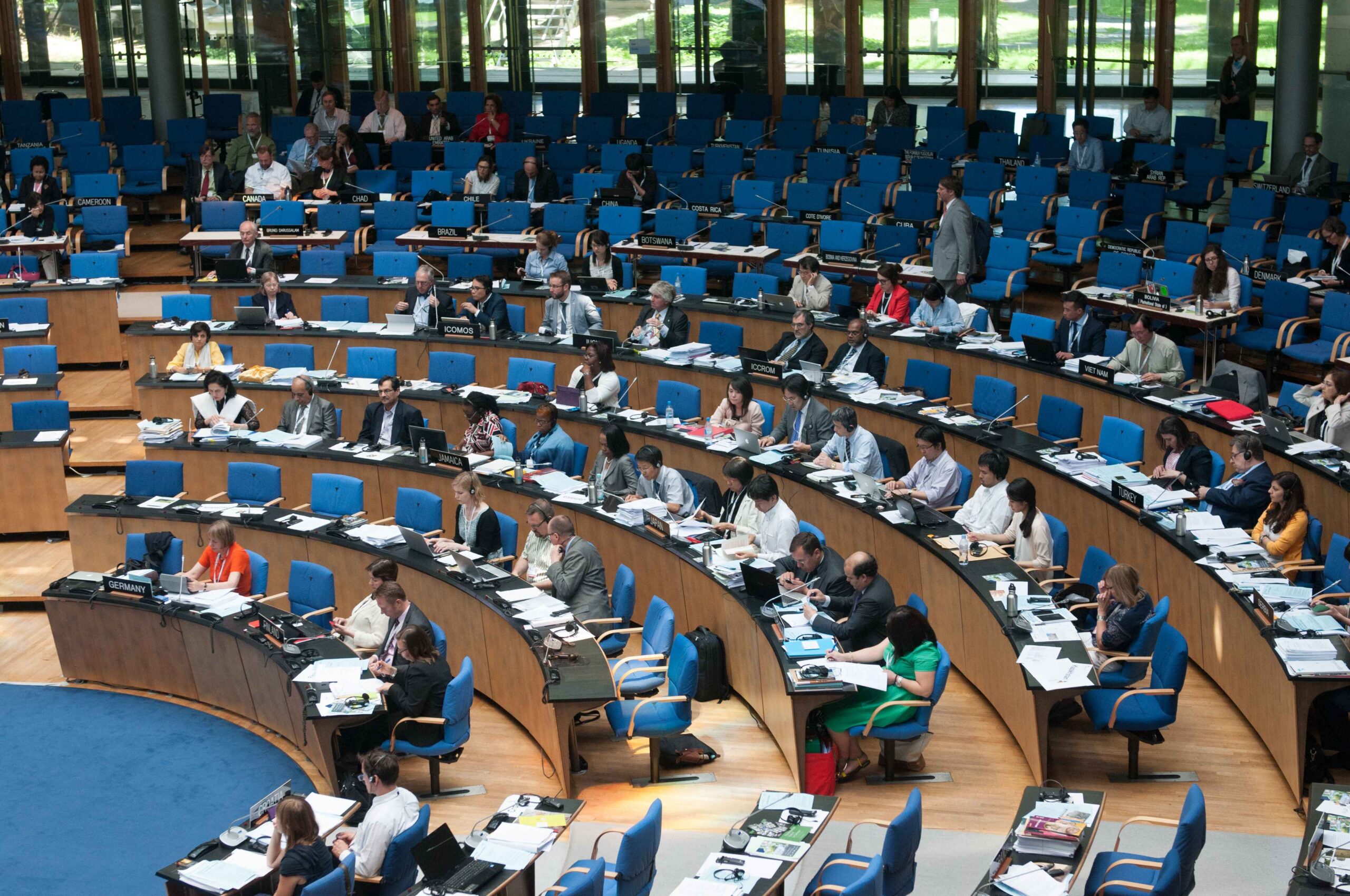In July 2024, New Delhi became the focal point for global heritage conservation as it hosted the 46th session of the World Heritage Committee (WHC). This significant event underscored India’s ongoing commitment to preserving its rich cultural legacy. At the heart of the session, Prime Minister Narendra Modi unveiled a $1 million grant aimed at bolstering UNESCO’s worldwide conservation initiatives.
India’s Heritage Conservation Commitment
India’s dedication to the World Heritage Convention is unwavering. Having actively participated in the WHC since 1977, India has proudly held four terms. Its collaboration with other nations focuses on skill-building and providing technical support for heritage conservation. Over the past decade, India has successfully added 13 sites to the World Heritage list. This achievement positions India as the sixth leading country globally, boasting a total of 43 World Heritage Sites. A notable highlight from this year’s session was the inclusion of the Moidams from Assam, marking India’s 43rd site.
Key Takeaways from the 46th WHC Meeting
The 46th WHC session was marked by the inclusion of 24 new World Heritage Sites worldwide. Among these, 19 were cultural, 4 natural, and 1 a mixed property. The session also saw India signing a Cultural Property Agreement with the USA, aimed at combating the illicit trade of cultural artifacts. Discussions at the meeting covered various heritage conservation projects, including the Kashi Vishwanath Corridor and new ventures at Nalanda University. Additionally, India collaborated with international bodies like ICCROM to enhance skills in heritage preservation. A major highlight was an exhibition showcasing 25 repatriated historical objects, reflecting India’s deep commitment to cultural preservation.
Understanding World Heritage Sites
Number and Distribution: Globally, there are over 1,100 World Heritage Sites across 167 countries, with Italy leading with 58 sites.
Notable Facts: The inaugural site listed in 1978 was the Galápagos Islands. Among the list, the Great Wall of China holds the record as the longest structure. Sites are subject to change; for example, Dresden was removed in 2009 due to development issues.
Cultural Focus and Purpose: Approximately 80% of World Heritage Sites are designated as Cultural Heritage Sites. This classification aims to promote the conservation of these sites and raise global awareness about their significance.




